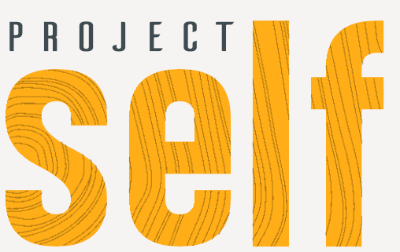To live, is to be within surroundings. To be surrounded is often to be within sound. Often, noise. Being in noise; both external and internal, can threaten one’s internal equilibrium; yet sometimes it can be as difficult to tolerate silence as it is noise. We can find it uncomfortable and search to fill it with words, with background noise, with action that can dispitate the moment of space and stillness. As if silence is an absence of things that need to be found and a space once opened up, that needs to be refilled.
Silence is active. It is not the absence of words or sound but rather a presence and awareness. It is a form of communication. To be quiet does not mean to withdraw into muteness. It means to consider. In the same way as I wrote in a previous blog about the voice, advocating for our presence by knowing when to use our voice; knowing how to be silent is to allow a stronger relationship between our self and our surroundings. It can be a willed abstention of interruption. It can be permission, respect and recognition.
I have adapted the following descriptions from a blog on the use of silence within coaching (Olga Papatriantafillou):
The caring silence: This kind of silence provides a safe place where we can grow and open up. The focus and attention we create is on and for the other person, which builds trust. This silence conveys empathy, respect and support.
The busy silence: we are given or give, another person time to process information, to assimilate a new idea, reflect and make connections. For example, a challenging question will evoke silence and the response will be slow.
The mindful silence: we become an observer of what we feel; senses in the body, thoughts crossing the mind. Just observing in order to become more aware and in touch with our self, putting aside any judgment.
The magic silence: This is the silence before the “aha” moment of recognition and realisation. Here we can experience illumination and a kind of enlightenment as a shift takes place. Through silence we can see what was hidden, what bubbles up.
The internal silence: The silence of a person when they actively quiet their inner voice when it gets impatient and wants to jump to solutions and give advice to another. This is also relevant to the inner critic where we silence the thoughts directed towards our self.
The centered silence: The silence of preparation. The few moments we can take to focus on our breath in order to reach a level of inner calm, to gather our strength, to be centered and balanced (in body and mind). Where we prepare in order to connect with everything around us and let go of any preoccupations. This allows a stronger awareness of our surroundings.
Silence can consciously be created from within, and externally expressed, to allow others space and to quieten ourselves. To heighten awareness of ourselves, others and the environment, and to withhold the sensor in favour of the sensory. A dynamic silence within our relationships where we can be comfortable and not need an instant response. My previous blog on holding space described the vital capacity a coach has in creating time and the right conditions for someone’s response to unfold and encapsulates several of the types of silence described above. Silence is a capacity to avoid impressing ourselves into an environment and our expectations onto others.
It’s as important for our own self as it is relationships. Much has been written on the inner noise of constant negative mental chatter and the use of meditation and mindfulness to create space or gaps – silences – in the clamour of the internal processes. Internal space.
Silence has many ways of enhancing our engagement with the world. The desire for distraction, stimulation and productivity can overwhelm our capacity to allow and to be. Seek and listen for the gaps. Create pauses. Silence allows for the subtlety of sound and we have a stronger chance of establishing and finding equilibrium in an environment where we not surrounded by or creating noise, but are listening.
